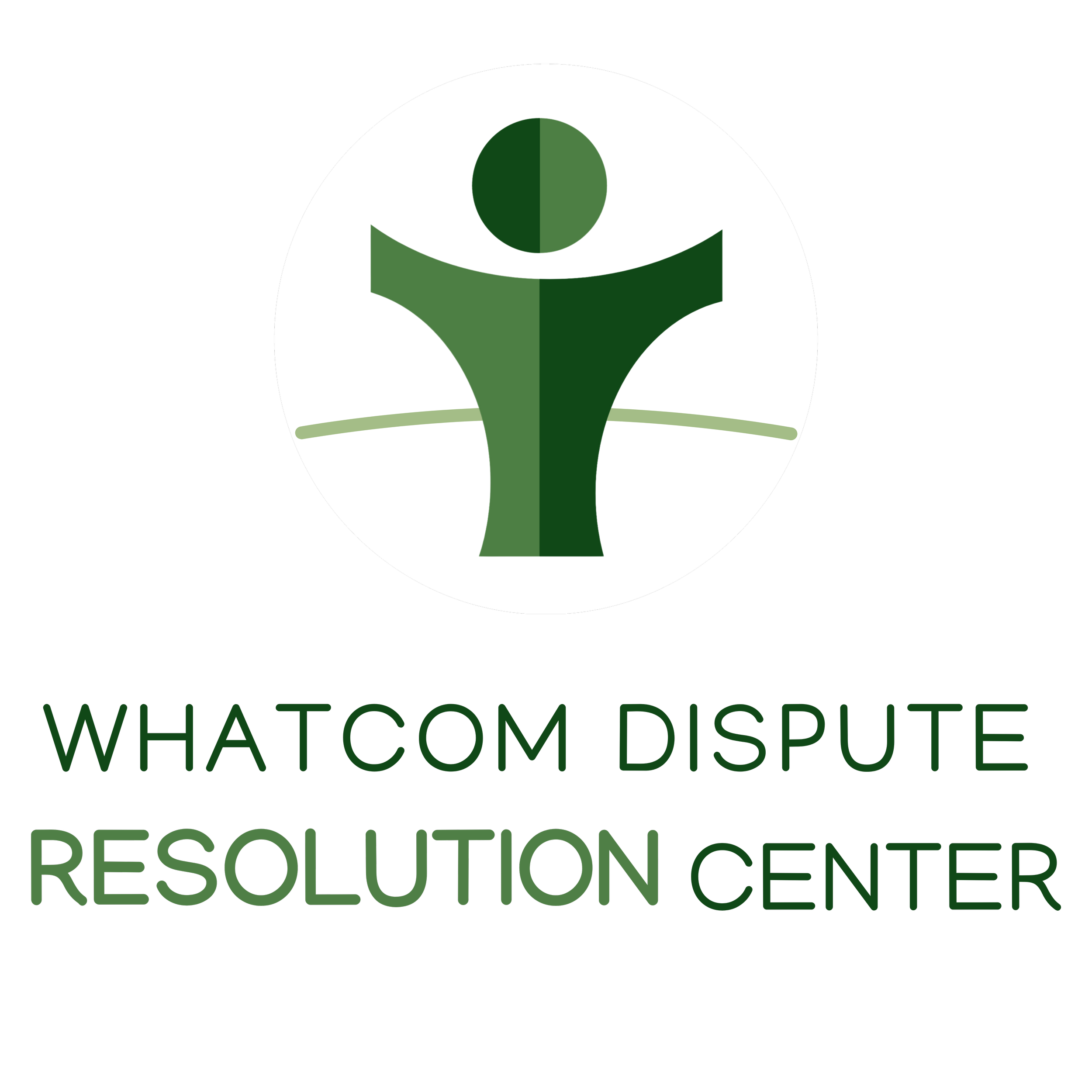Sharing Our Stories - Restorative Conference Model
By Emily Machin-Mayes
Here at the WDRC, we talk a lot about restorative practices, but we rarely stop to explain what that means. If you've ever wondered what we're talking about, read on!
Restorative practices are an approach that the WDRC provides as part of our comprehensive youth program. There are many processes which can be used to resolve conflicts and address harm. This story illustrates how one situation at a local middle school was resolved using a restorative conference model.
Manny and Lukas are in many classes together. What started as minor annoyances between the two had begun to escalate over time. Following another argument, Manny shoved and held Lukas against the wall in the school hallway. Staff intervened and after each student had some days apart, the boys and their families were given the option to talk about what happened and how they were going to set things right.
Manny and his mom were the first to arrive and were immediately greeted with a warm smile from the math teacher, “Manny, nice job on that test today, I can tell how hard you’ve been working, does your mom know how well you’ve been doing?” Manny gave a small smile and shrugged. When Lukas and his mom arrived, he is similarly greeted, “I saw part of your game yesterday, you made some great shots, how did the rest of the game go?” That initial positive connection with each family seemed to help ease the nervous uncertainty for both families.
We sit on an assortment of couches and chairs forming a circle. Each person gets a chance to speak about what they hope for, what the incident was like for them, and finally what needs to happen to re-establish safety. Lukas’ mom, with tears in her eyes shared how scary it was to get the call that something had happened at school, and that her son was hurt, having only recently switched from homeschool. Manny’s mom spoke next and immediately apologized; she said she knew what that feeling was like. During elementary school, Manny had come home bleeding after getting beat up by older students, the experience had terrified her and hearing that her son was involved now in hurting someone else was particularly difficult. Manny offered his own apology and that he’d felt awful since it happened.
With apologies offered and accepted, the group discussed how to keep something similar from happening again. The math teacher chimed in, “I hope you both know you can check in with me if you are feeling upset or stressed, you know that right? You can ask to talk with me after class or write it down.” Both boys agreed they could talk to him or another person at the school. Both families had come with their own histories and fears, but hearing and having the time to share their own experience had helped. Towards the end of the time, I checked in about how people were feeling, and the shared answer was relief and reassurance. By highlighting the needs and experience of those involved and using a process to help people connect, these conversations carry the potential for understanding, empathy, and with that, finding safety again.
Restorative practices are an effective way to ensure accountability and resolve conflict among youth. At the WDRC we offer many approaches, including facilitating community building circles, impact competency education and victim offender meetings.
